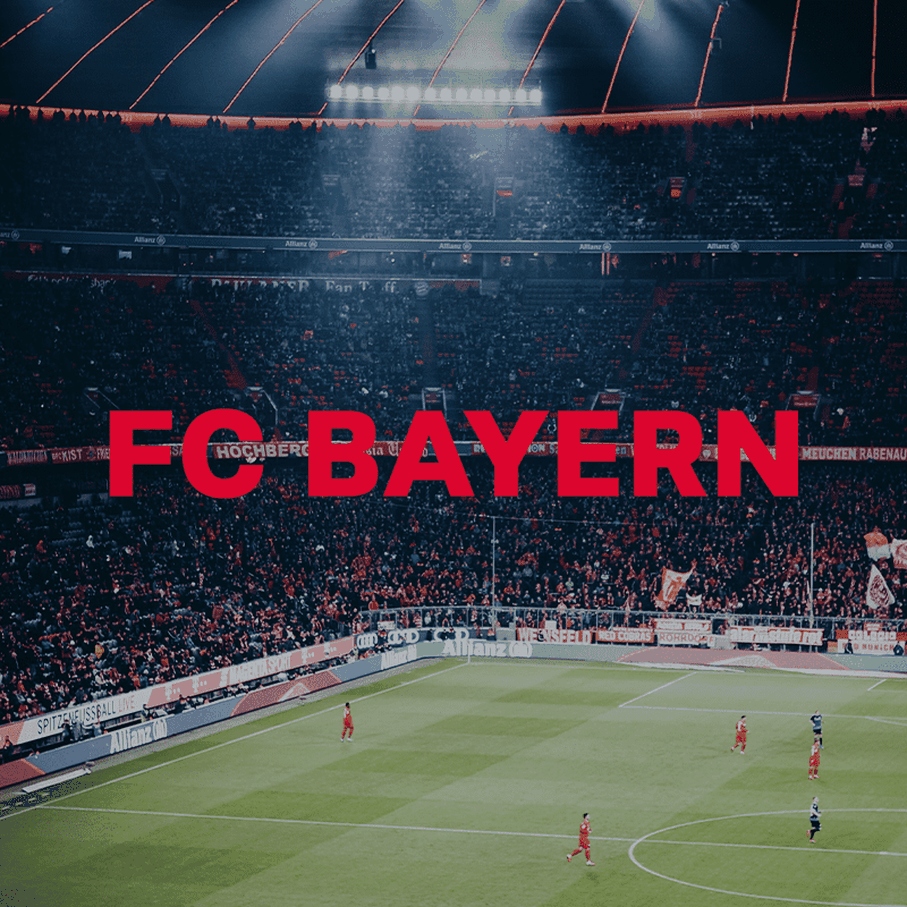
Without structure, the best content on a website is useless - this is true for readers and even more so for search engine bots. If Google and Bing do not recognize what a site is primarily about when crawling it, a keyword cannot rank optimally. To present content in a topic-specific framework, SEOs organize it using the siloing method. They form thematic focal points (silos) across several pages and strengthen PageRank through clever internal linking. The diva-e Conclusion SEO experts show you in detail how it works.

Outline and internal linking (virtual siloing)
The first step in siloing is a sensible thematic structure of the website. The topics must have relevance for the keyword and be clearly delimited from each other. Only in this way can the bots identify the essential core statements of the website around a keyword. Targeted page linking within a topic cluster is another strong signal to Google & Co. that the content is highly relevant and provides real expertise on a topic. Linking topic-related pages strengthens the landing pages of the respective silos and creates internal link power. By always linking subpages to their silo landing page, but never linking to subpages of other silos, a clear structure is created for the crawlers by following the links.
Directory structure and categories (physical siloing)
In addition to virtual siloing through the link structure, the directory structure is decisive for the organization of a website. Ideally, the URL reflects an order system that sorts the topics into labeled drawers or physical silos. The URL www.urlaub.de/balearen/mallorca/alcudia.htm, for example, shows right away what it is all about through its stringent categorization. Each page is clearly assigned to one category and one directory, never to several.
What is the best approach to siloing? Especially with extensive websites and stores, sorting is not that easy and the forest is hard to see for the trees. Roughly speaking, the following steps are a promising way:
Identify the main topics of the website in comparison with the results of the keyword research.
Determine siloing strategy: Directory structure + internal linking or only virtual siloing?
work out link structure and create at least five subpages per topic silo
Publish the silo landing pages and subpages with high-quality, keyword-relevant content and link internally in a meaningful way
Siloing procedure
What is the best approach to siloing? Especially with extensive websites and stores, sorting is not that easy and the forest is hard to see for the trees. Roughly speaking, the following steps are a promising way:
Identify the main topics of the website in alignment with the results of the keyword research.
Determine siloing strategy: Directory structure + internal linking or only virtual siloing?
work out link structure and create at least five subpages per topic silo
Publish the silo landing pages and subpages with high-quality, keyword-relevant content and link internally in a meaningful way

Google Patent: Weighting of links in ranking
Optimal internal linking is a decisive measure for success in SEO for large projects. A lot of linkjuice can be generated or lost here. A simple rule of thumb is: "Links frequently clicked by users are the best." A look at the Google patent "Ranking documents based on user behavior and/or feature data" shows which links are attractive from the user's point of view. The document describes in detail how PageRank works - basically, it's nothing more than a model simulation of the click behavior of an average user. Some links are clicked on more than others. When crawling a page, the Google bot analyzes and weights numerous factors that influence the user's decision for or against clicking. Four areas are important:
Link-specific factors such as font size, color, word count and context of the anchor, position of the link on the page and in a list or enumeration, type of link (text, image), link-related topic clusters, link target.
Source-specific factors such as the URL of the source document, linked websites, number of links, word cloud, related topic clusters
Target-specific factors such as the URL of the target document, linked websites, whether the target URL is on the same host/domain as the source URL
Behavior-specific factors such as how users interact on a website, language and interests of users, how often links are selected or ignored, etc.
The patent describes a number of other criteria that go into PageRank. Smart SEOs use the model as a detailed guide for internal linking, picking up the optimal linkjuice. A good summary of the patent can be found at SEO by the Sea.









